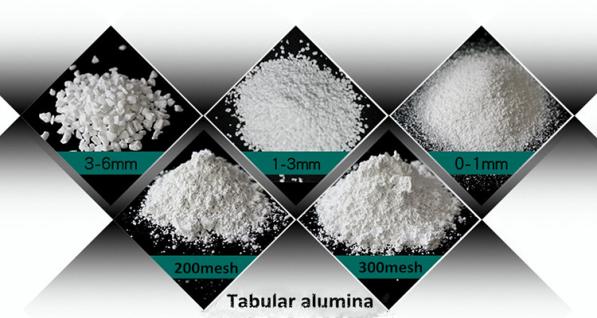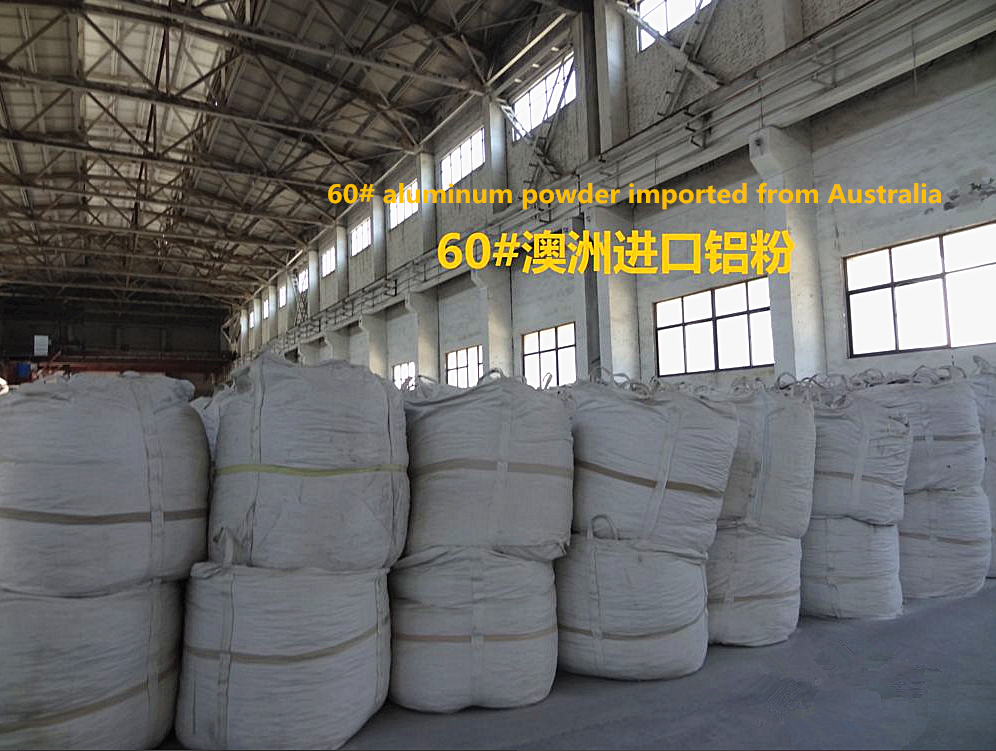What is the production process and characteristics of tabular alumina?
Dec 25, 2021
What is tabular alumina ?
Tabular alumina is recrystallized α-Al2O3 quickly fired at a high temperature above 1900℃ and sintered thoroughly, without any additives. During rapid sintering, the coarse crystals formed by sub-micron α-Al2O3 crystals contain closed spherical pores, so the tabular alumina has better heating volume stability and good thermal shock resistance.
Tabular alumina production process
1.Make raw ballsAfter adding water to the 380# fine powder, it enters into the ball tube to make the ball. Raw ball specifications: diameter 2.4cm min. Ball making time: about 3 hours.
2.Raw ball drying
Drying equipment: natural gas drying tower Drying temperature: 400-500 Drying time: 20 hours Drying standard: moisture 0.5% max.
3.Raw ball sintering
a. Feed:Lift the dried green balls to the top of the shaft kiln through the lifting device Preheating. The shaft kiln is divided into ten sections according to the temperature range from top to bottom, 10-1 from top to bottom The kiln roof is a preheating zone-the tenth section is 100 degrees, and then it falls freely (the falling speed is controlled by the system)
b. High temperature sintering:In the sixth section, the temperature quickly rises to 1950 degrees (the highest temperature) Section 6-Section 8 are extremely high in temperature.
c. Wind-cooled:Air-cooled below the fifth section, the temperature of the sintered cooked ball is 400 degrees when it is out of the oven.
4.Sand making
a. Preparation for sand making--- The cooked balls are transported to the silo for air-cooling treatment, and the air-cooling is below 100 degrees.
b. Sand-making---After the air-cooled cooked ball is carried into the Barmak sand machine, broken, sand-making, magnetic selection, screening, packaging.
c. Milling---Small ball mill to make fine powder below 1mm in diameter, such as: 0.5-1mm 0-0.5mm 0.2-0.6mm 0-0.2mm, etc. The big ball mill makes 200#-0 325#-0 400#-0 fine powder.

Characteristics of tabular alumina
①High melting point, about 2040℃;②The grain hardness is large, the Mohs hardness is 9, the Knoop hardness (Knoop) is 2000;
③Resistant to chemical attack, except for hydrofluoric acid and phosphoric acid, most alkalis and mineral acids have no effect on slab alumina;
④Because there are no microcracks and large internal pores, its strength is relatively high; at the same time, its strength does not decrease much when subjected to thermal shock, so thermal shock stability is good;
⑤High thermal conductivity and high resistivity, with good electrical performance at high frequency and high temperature.
Relevant information
-

Main properties of magnesium oxide refractory
Performance characteristics of magnesia refractories and other basic refractories Performance characteristics of magnesia refractories and other basic refractories Refractories containing more than 80% ... -

What properties of lightweight insulation fire clay bricks can be improved by the addition of kyanite?
Lightweight insulation fire clay bricks are a kind of shaped refractory material with clay as the main raw material, which is processed, shaped, dried, and calcined with clay. on the kiln. Due to the r ... -

How is the effect of white fused alumina abrasive used in refractory materials?
After mixing, forming, drying, and firing at high temperature in a shuttle kiln. The product has the characteristics of high refractoriness, good thermal shock stability of white corundum, high high te ... -

Characteristics of refractory magnesia chrome bricks for lime kiln
Lime kilns are mainly classified into square kilns and circular kilns. According to the classification of fired products, they can be divided into lime kilns, ceramic kilns, cement kilns, glass kilns, ...

